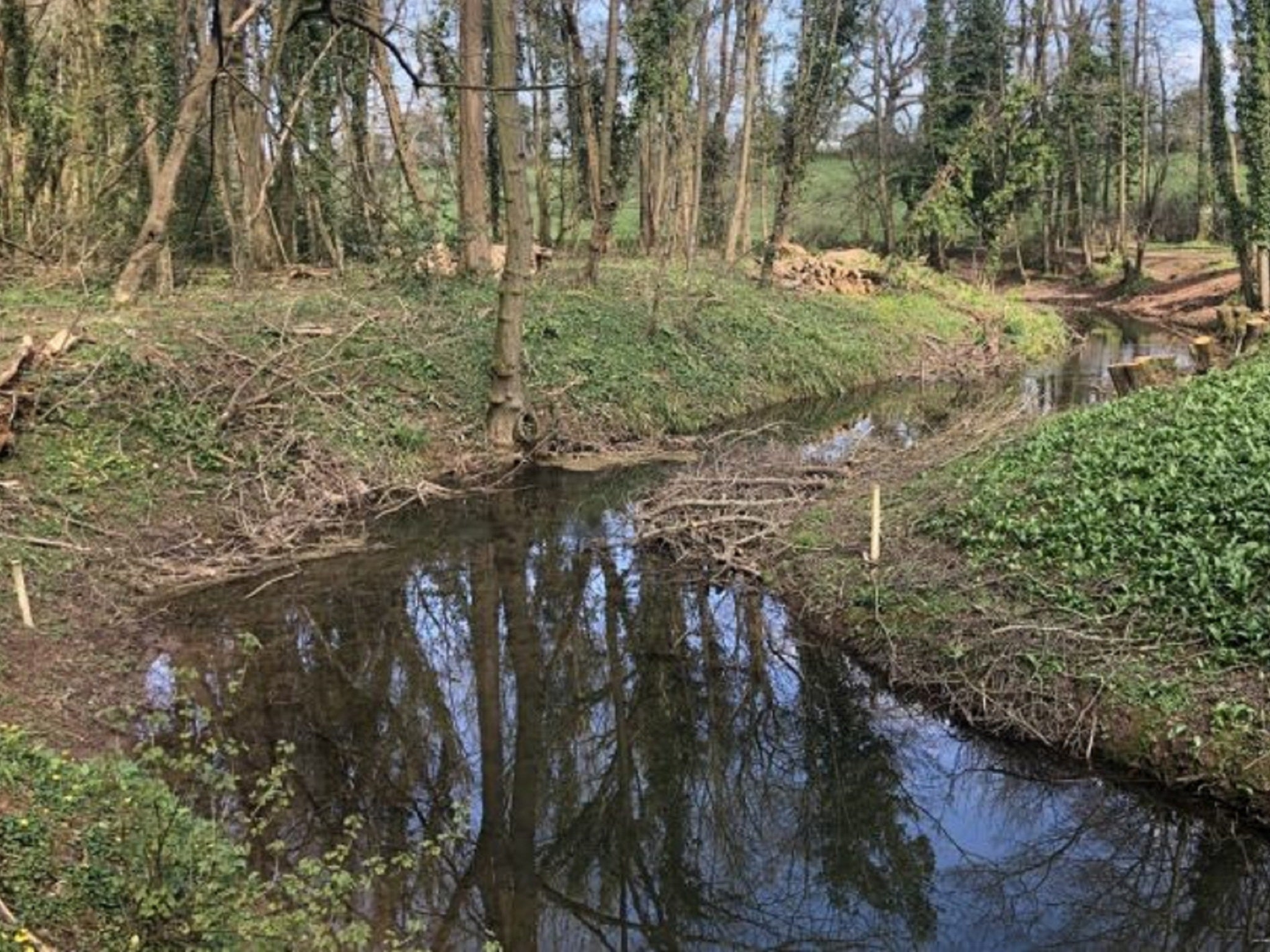Lost river returns more than 60 years after it dried up and died
Tributary once served as ecological corridor for aquatic creatures since last ice age

Your support helps us to tell the story
From reproductive rights to climate change to Big Tech, The Independent is on the ground when the story is developing. Whether it's investigating the financials of Elon Musk's pro-Trump PAC or producing our latest documentary, 'The A Word', which shines a light on the American women fighting for reproductive rights, we know how important it is to parse out the facts from the messaging.
At such a critical moment in US history, we need reporters on the ground. Your donation allows us to keep sending journalists to speak to both sides of the story.
The Independent is trusted by Americans across the entire political spectrum. And unlike many other quality news outlets, we choose not to lock Americans out of our reporting and analysis with paywalls. We believe quality journalism should be available to everyone, paid for by those who can afford it.
Your support makes all the difference.A lost river has returned to the Somerset countryside more than 60 years after it dried up.
The unnamed tributary of the River Chew will contain water for the first time since 1956, when a dam was installed and the valley was flooded to form the Chew Valley Lake reservoir.
The river ecosystem eventually dried up and died, taking with it an ecological corridor used by aquatic creatures since the last ice age.
But the half-a-kilometre stretch of river has now been restored and will provide habitats for wildlife including herons, otters and fish.
The work comes as part of a restoration project by Bristol Water and Bristol Avon Rivers Trust (BART).
Matthew Pitts, catchment strategy manager at Bristol Water, said: “It is the first time the river has been permanently re-wetted since the 1950s and will offer a considerable environmental benefit for the downstream river.”
He added that he hoped to see the stream teeming with mayflies, damselflies and dragonflies.
Some residents living in the area have been apprehensive about the river extension following a devastating flood in 1968 which killed seven people.
During a storm which saw five inches of rain fall within just 24 hours, the waters rose so high that it was feared the dam wall would burst.
Bridges were washed away as torrents of water poured down the Chew Valley, flooding buildings and sweeping away cars.
However Mr Pitts said his team had carried out modelling to reassure people the project would not increase the flood risk.
Join our commenting forum
Join thought-provoking conversations, follow other Independent readers and see their replies
Comments